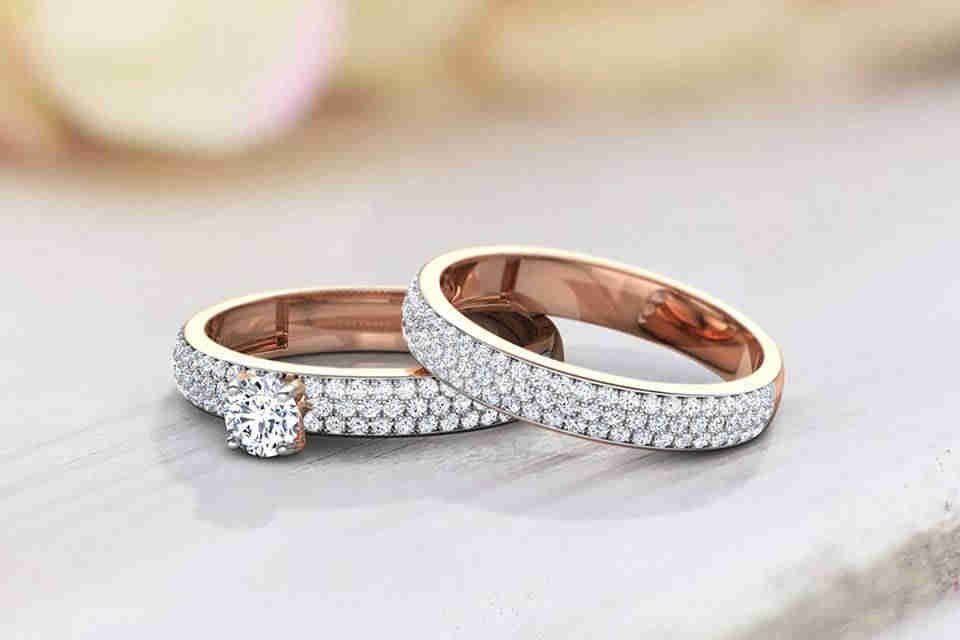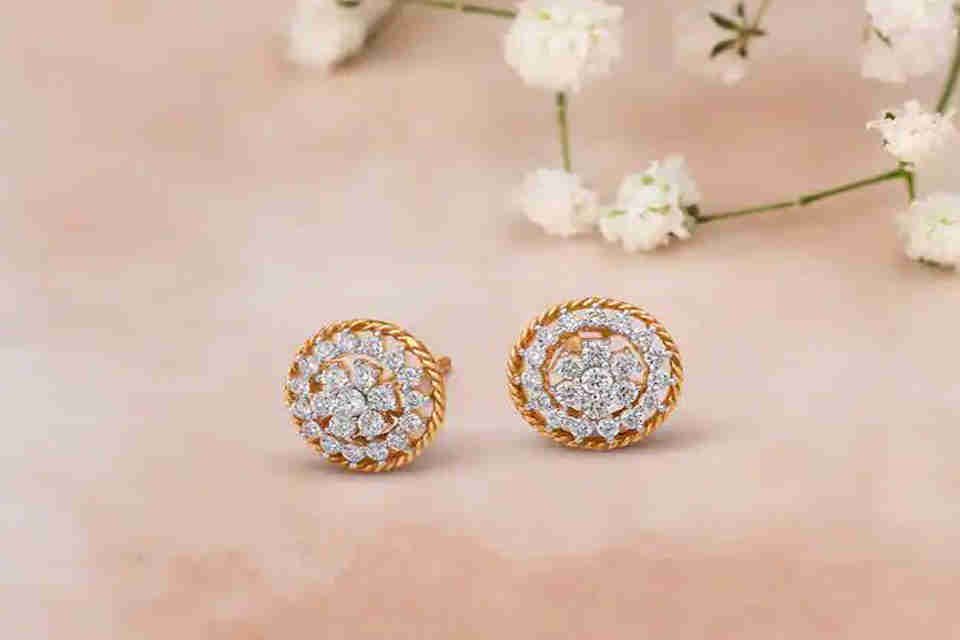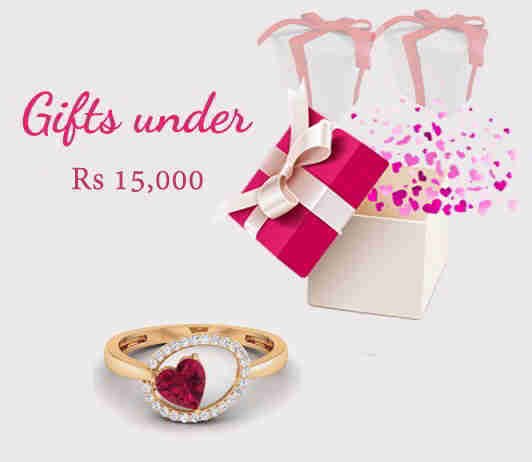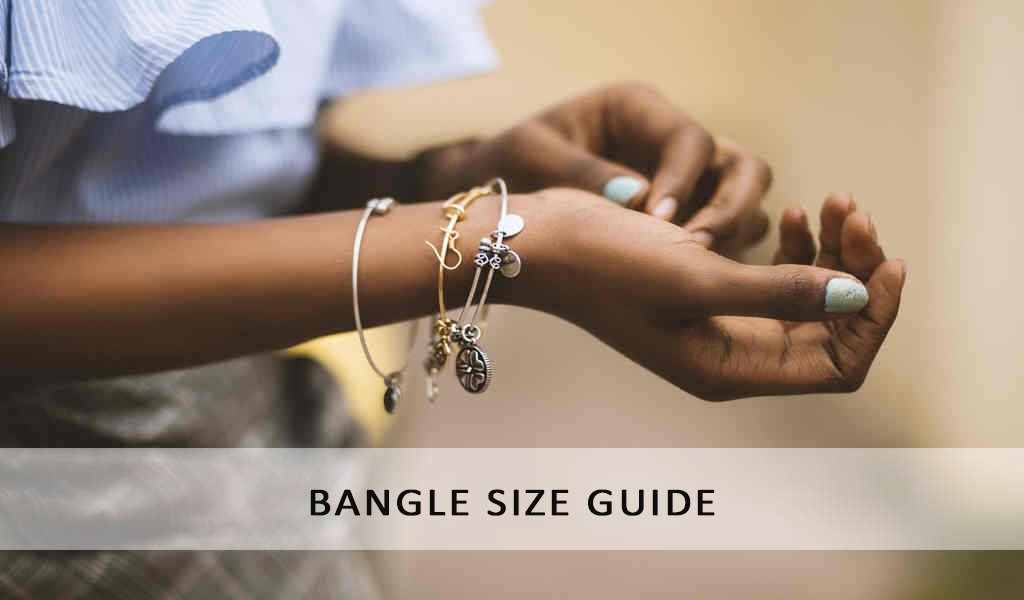What to Look for When Buying Gold Jewellery in India

What to Look for When Buying Gold Jewellery in
India
India loves the precious yellow metal. Our obsession for gold is a
world-renowned fact, one that needs no debate. And when we say we love buying
gold, it most often means gold jewellery. For the average Indian gold buyer, it
is not only an investment but also a precious fashion accessory. And we love to
flaunt it every chance we get, don’t we? An Indian woman’s attire and her
wardrobe are never incomplete without some or the other form of gold jewellery in
it.
On an average, Indians, both in India and around the world, are among
the top consumers of gold jewellery. The number of jewellery stores speckled
across India is a testimony to this. As a population of gold lovers, we believe
we have mastered the art of buying gold jewellery. But is this belief true? Not
really, especially when we consider the quantity of impure gold jewellery doing
the rounds in the Indian gold market. Most often, people find out to their
surprise that they are fooled into buying impure gold jewellery at the cost of
high-purity jewels. To buy real gold jewellery and avoid losing money on your
investment, read on.
The Dos
of Buying Gold Jewellery
As a gold-loving nation, the mention of the yellow metal catches our
attention. This often also distracts from doing the due diligence required to
buy gold jewellery. In the rush to buy gold at the best rates, it’s quite
common to make mistakes. However, remembering the dos of buying gold jewellery
can ensure that you get the worth for your investment.
Check the purity: The first step is to check for
the purity of gold used to make the jewellery you have your eyes on. The best
method to check for purity of gold is to find the hallmarking on the piece of
jewellery. A hallmark carries the official proportion of gold used. The
official agency responsible for certifying and hallmarking gold jewellery in
India is the Bureau of Indian Standards (BIS). So, when you buy gold, always go
for BIS-certified gold.
Know the Basics: Now that you know you have to
check for a BIS hallmark, how do you go about reading it? Any jewellery with a
hallmark comes with a specific number usually engraved with the BIS stamp. It
also carries the year of hallmark and a mark to identify the jeweller. To
understand what the caratage is, find the letter “K”. This denotes karat or the
percentage of purity. For example, if you are buying 22kt gold rings, it means they
contain 91.6 % pure gold. You will often find 916 engraved in jewellery
featuring this caratage. Stone-studded ornaments and white gold and rose gold ornaments typically come in 18kt gold, which contains 75% pure gold.
Cross-check the price: As important as checking the
hallmarking is cross-checking the pricing. The purity of gold determines its
price. The price of the precious yellow metal changes every day depending on
the prevailing market rate. Jewellery stores across India display the daily
rates of bullion for their consumers. To give you an idea about how to
calculate the price of gold, discount the purity of gold from the price of the
bullion.
Negotiate the Making Charges: Another
important step while buying gold jewellery is to negotiate the making charges.
Making jewellery involves a labour cost, which jewellers pass on to the buyers.
The making charge varies as it’s generally a percentage of the present gold
price. You have all the rights to bargain to get the best price on your choice
of jewellery.
The
Don’ts of Buying Gold Jewellery
Now that you know the dos, keep the don’ts in mind too to get the best
bang for your buck. Here are a few things you should consider:
Plain gold vs. stone studded jewellery: The first is
to avoid buying stone-studded jewellery – such as diamond earrings, ruby bangles, and emerald rings - if you are
buying it as an investment. The problem with stone-studded jewellery is that
it’s difficult to assess the purity of the stones. If you insist on buying only
studded jewellery, check the net weight of gold and pay accordingly. Studded
jewellery also incurs more making charges as their intricate designs and
patterns are labour intensive.
Cheap doesn’t mean the best: There are
more than 13,700 BIS-hallmarked showrooms in India. And there are 435
BIS-recognised hallmarking and assaying centres too. However, there are many
areas of the country without any hallmarking centres. Another area of concern
is the integrity and quality of some of the hallmarking centres, especially in
rural India. This brings us to a related point - don’t buy a piece of jewellery
from a store if it’s cheap but not hallmarked. This makes it very important for
you to buy ornaments only from a trusted, BIS-hallmarked jeweller. To make your
life easy, the BIS website carries an extensive list of the hallmarked
jewellers in the country. You can also contact BIS if you are not satisfied and
still have concerns regarding a future purchase.
Don’t resell to other jewellers: We Indians
have this habit of buying new ornaments by exchanging old ones. It’s best to
avoid selling your gold jewellery to any store other than the one you bought it
from. Most jewellers have a buy-back policy which ensures you get 100 percent
of the net value of gold. However, you will almost always have to drop the
making charges from the resale value.
Don’t buy jewellery without bills: Buying
jewellery is not an easy task. You have to pay taxes and if you make a purchase
of above INR 50000, you may even have to share your PAN details. As a result,
many people buy jewellery without a bill from the store. This can land you in
trouble, especially when you exchange the jewellery or resell it. Always, we
repeat it, always ask for a bill.
Indulge in your love of gold with a little caution and a lot of
preparation. Keeping these dos and don’ts of buying gold jewellery in mind will
ensure you get the most out of your investment, now and every time.
















